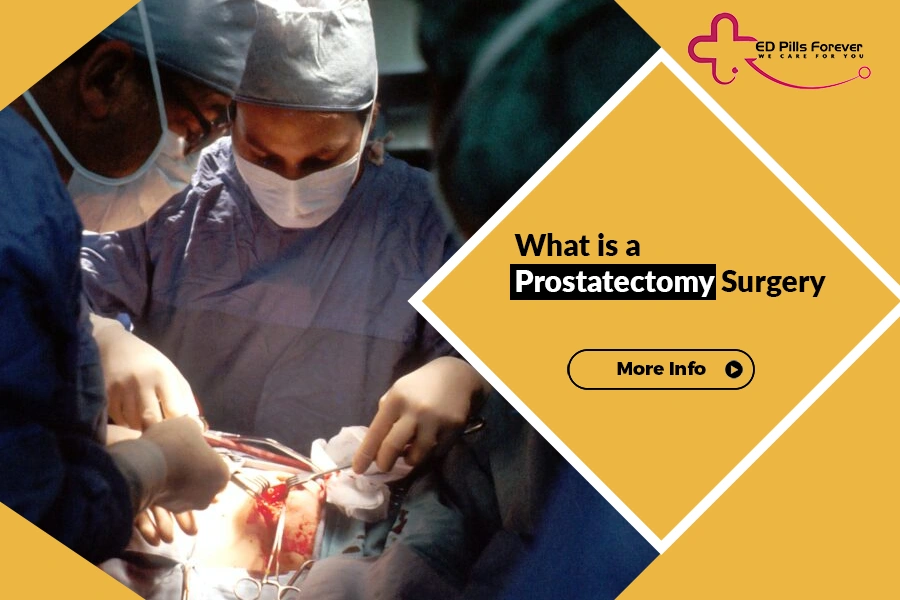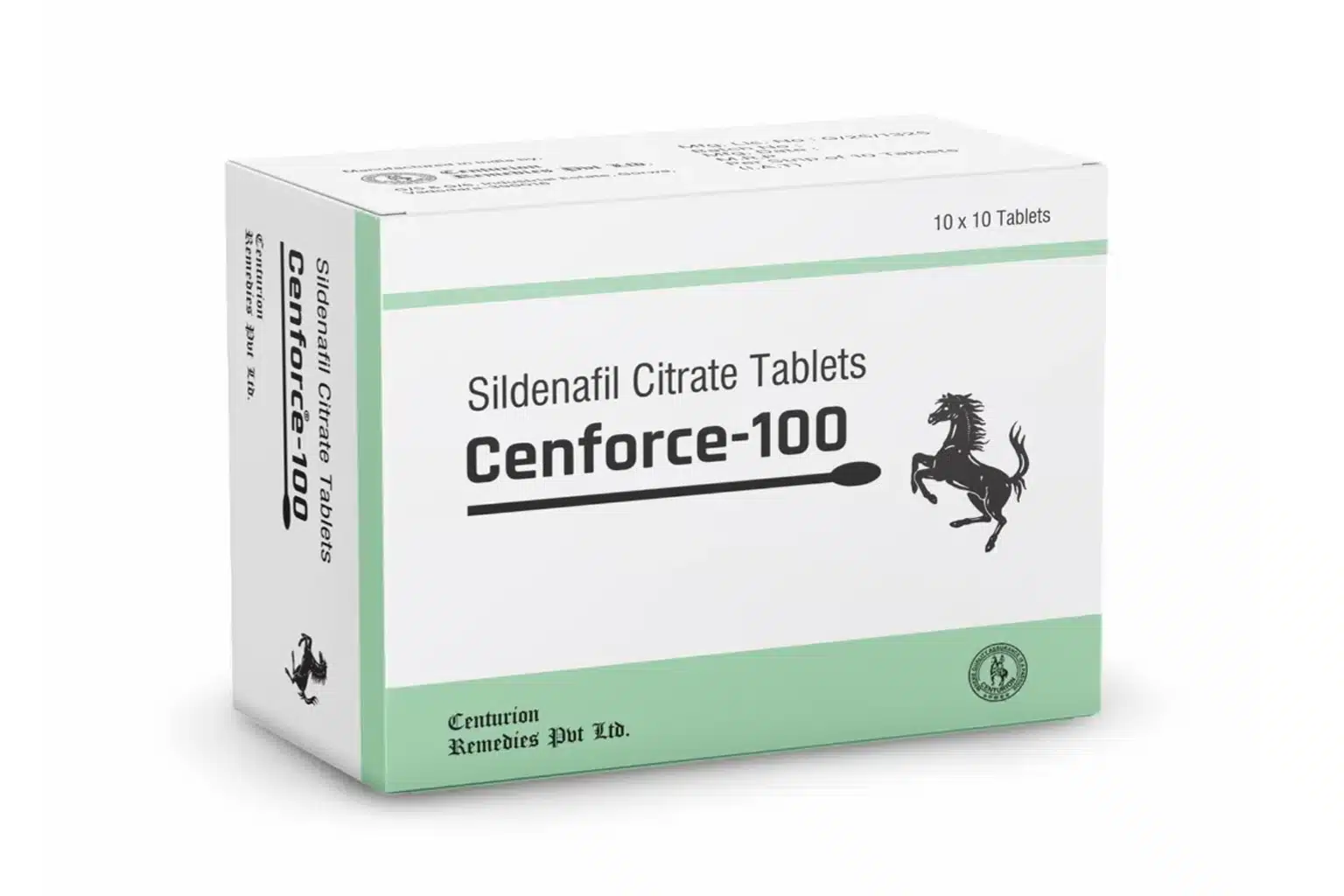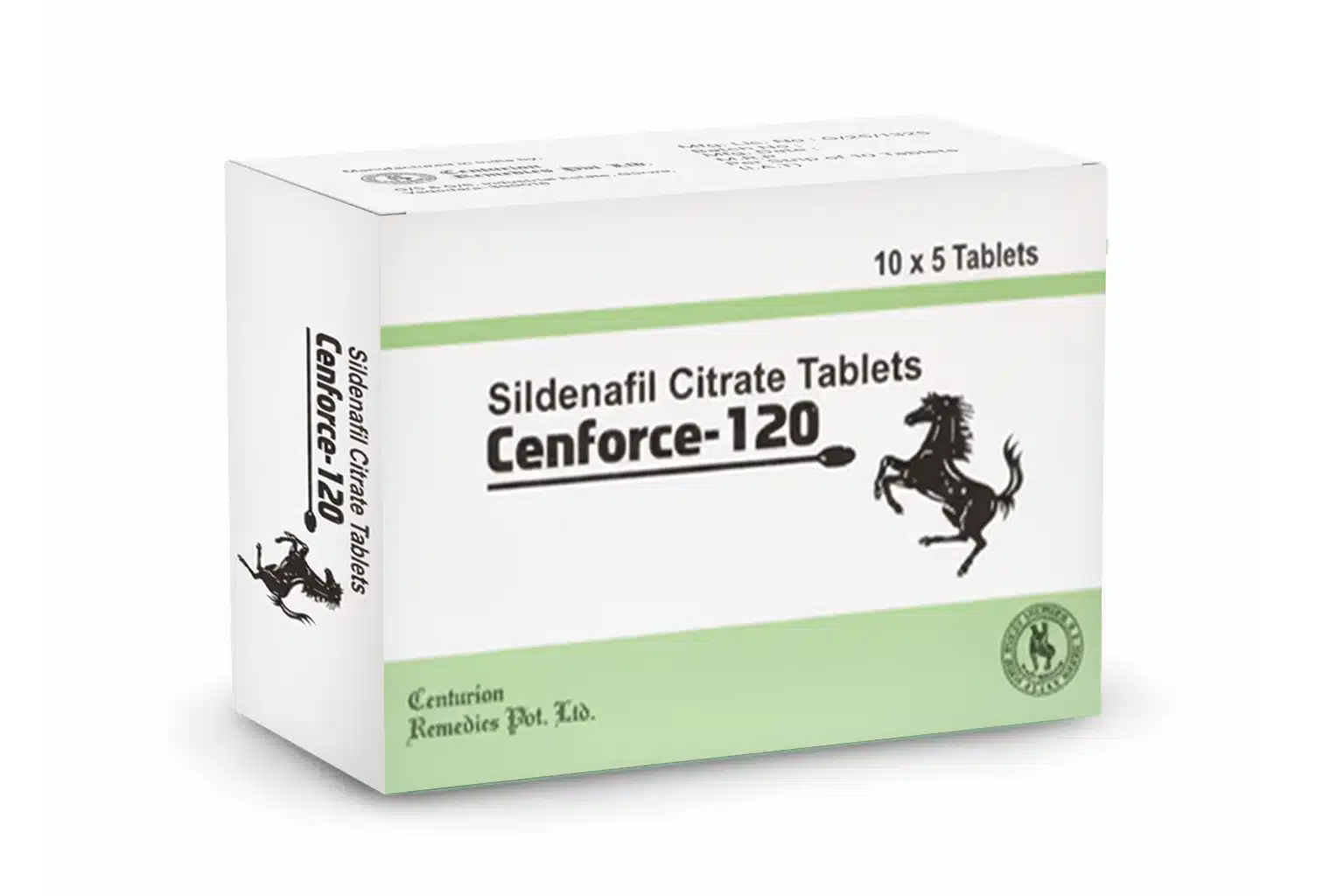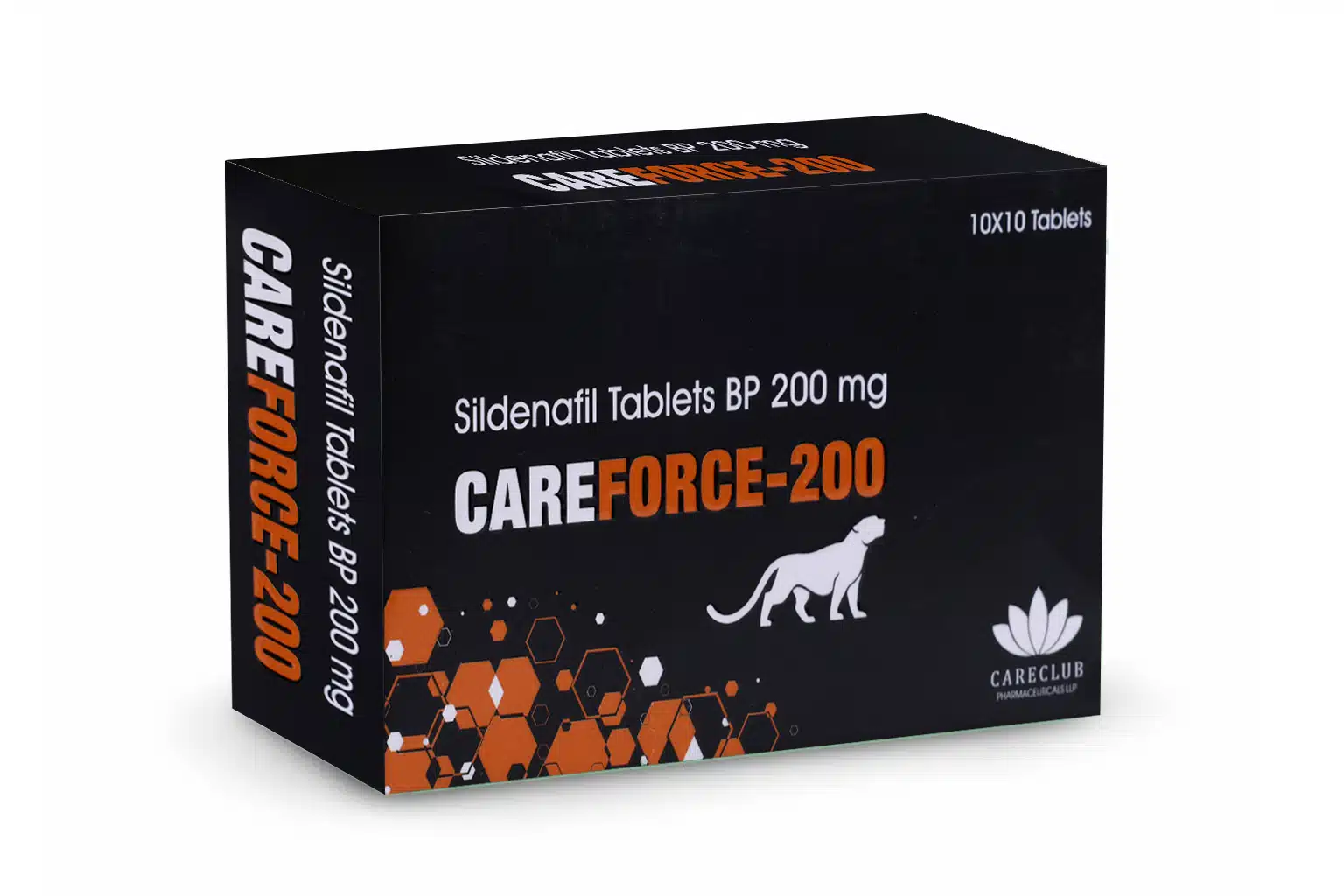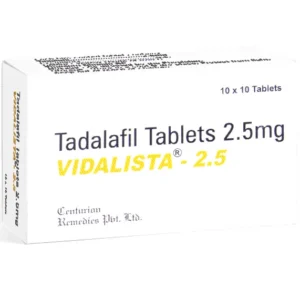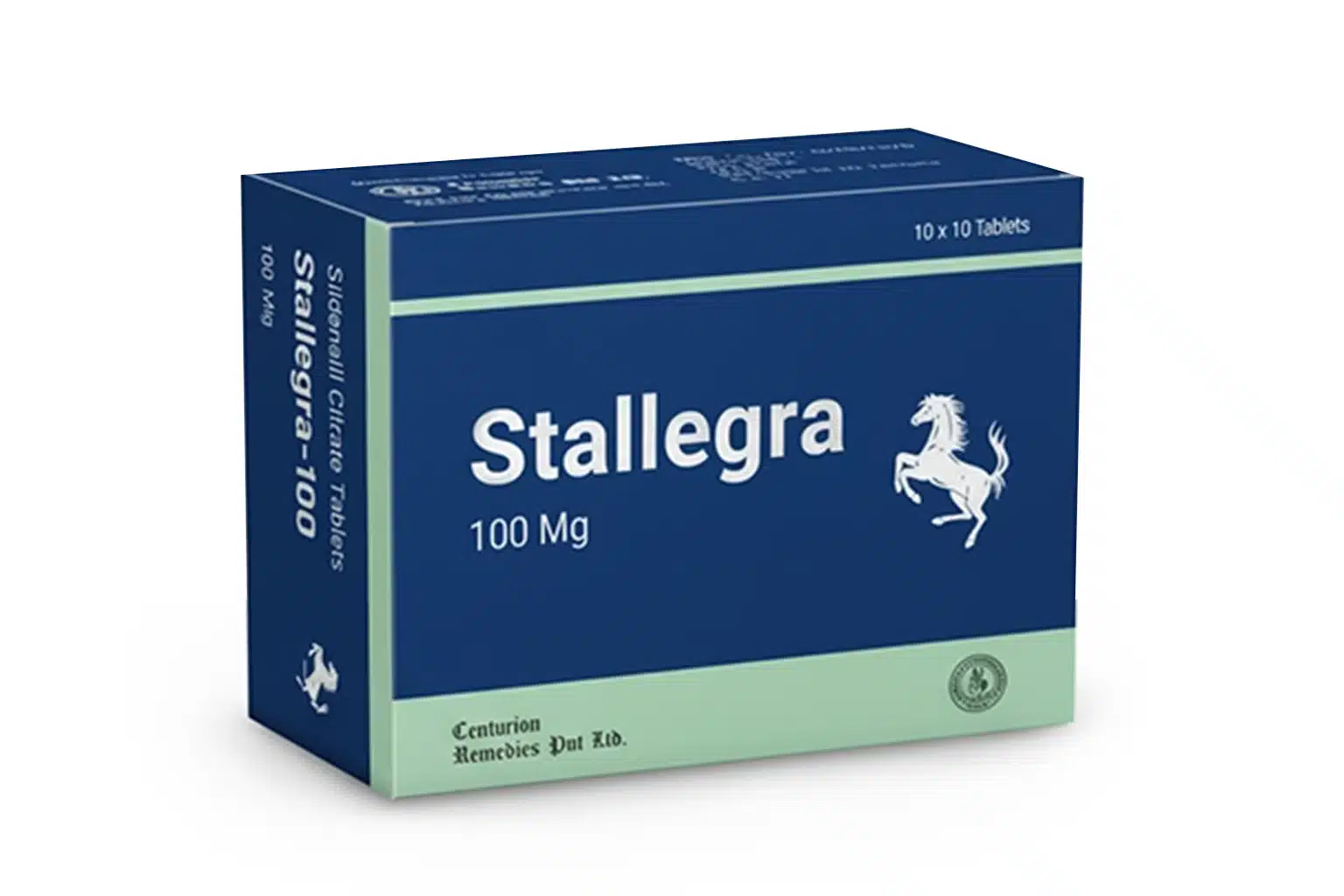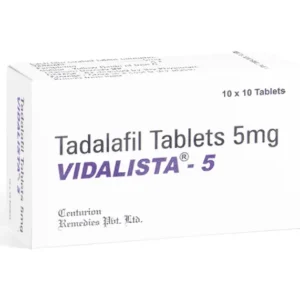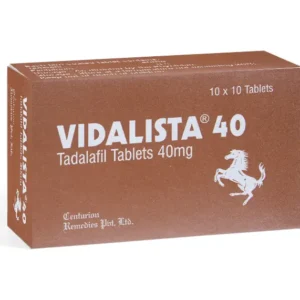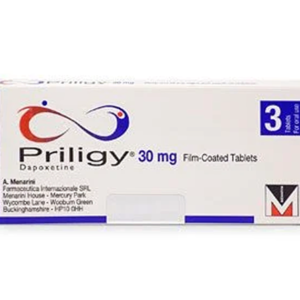What Is a Prostatectomy Surgery?
A prostatectomy is a surgical procedure to remove part or all of the prostate gland. It is most commonly performed to treat prostate cancer or to relieve severe urinary blockage from an enlarged prostate. Because the prostate sits next to important structures (the urethra, nerves controlling erections, and the seminal vesicles), prostate surgery can have significant short- and long-term effects but modern techniques aim to treat disease while preserving function when possible.
Below, it’s been explained what the prostate is, why a prostatectomy might be recommended, the types of prostate surgery (including radical prostatectomy), how the seminal vesicles fit in, what to expect before and after surgery (including the use of a Foley bag/catheter), common side effects of prostate removal, and treatments for prostate cancer.
What is the prostate?
The prostate is a small walnut-sized gland located beneath the bladder and surrounding the urethra in people assigned male at birth. It contributes fluid to semen and plays a role in reproductive function. With age, the prostate can enlarge (benign prostatic hyperplasia, BPH), and it is also a common site for cancer (prostate cancer).
Indications: why do surgeons remove a prostate?
Common reasons for prostatectomy surgery include:
Prostate cancer that is believed to be localized to the prostate and treatable surgically. Radical prostatectomy aims to remove the entire gland and nearby tissues to cure or control cancer.
Severe BPH (enlarged prostate) causing urinary obstruction that doesn’t respond to other treatments. Sometimes surgery is used to relieve blockage, but the operation performed for BPH differs from a cancer radical prostatectomy.
A urologist decides whether surgery is the best treatment after considering cancer stage, the patient’s age, overall health, and personal preferences. Alternatives may include radiation therapy, active surveillance, hormonal therapy, or minimally invasive procedures for BPH.
What is a radical prostatectomy?
A radical prostatectomy is the term used when the entire prostate gland is removed, usually along with some surrounding tissue and often the seminal vesicles; pelvic lymph nodes may also be sampled or removed. It’s the standard surgical cure option for men with localized prostate cancer who are good candidates for surgery.
The seminal vesicles — what are they and why do they matter?
The seminal vesicles are paired glands behind the prostate that produce much of the fluid portion of semen. Because they sit close to the prostate, they are commonly removed together with the prostate during radical prostatectomy, particularly when cancer poses a risk of spread. Some surgeons may attempt seminal-vesicle-sparing techniques in selected cases, but complete removal is standard when oncologic control is the priority. Removal explains why ejaculation after prostate removal is typically dry (little or no semen).
Types of prostate surgery
There are several approaches to prostate removal or prostate surgery:
Open radical prostatectomy — a traditional incision in the lower abdomen or perineum.
Laparoscopic radical prostatectomy — keyhole (minimally invasive) approach using several small incisions.
Robot-assisted laparoscopic radical prostatectomy (RALP) — a specialist laparoscopic technique where the surgeon controls robotic instruments, offering fine movements and 3D visualization. Outcomes for cancer control are similar across approaches when done by experienced teams; differences mainly relate to recovery, blood loss, and hospital stay.
For enlarged prostate (BPH) the procedures differ — examples include TURP (transurethral resection of the prostate) or laser enucleation — and these are not the same as radical prostatectomy for cancer.
Before surgery: preparation and planning
Preoperative testing usually includes blood tests, ECG if needed, imaging (MRI, CT or bone scan in certain cases), and counseling on risks/benefits.
Discuss sexual and urinary outcomes in advance; surgeons will talk about nerve-sparing options if preserving erectile function is important and oncologically safe.
Medication review: stop blood thinners per instructions. Discuss psychiatric or other meds with your team.
Arrange support: you’ll likely need someone to drive you home and help during early recovery.
Surgeons typically provide detailed pre-op instructions regarding fasting, medications, and pelvic floor exercises to prepare the pelvic muscles that help urinary control.
During surgery: what happens?
Under general anesthesia, the surgeon removes the prostate gland (partial or entire depending on the operation). In a radical prostatectomy the tissue removed commonly includes the prostate, portions of the surrounding tissue, and the seminal vesicles; lymph nodes may be sampled if cancer risk warrants it. Surgeons may try to spare the neurovascular bundles (nerve tissue) that support erections when it’s safe to do so.
A Foley catheter (indwelling urinary catheter) is left in place to drain the bladder and let the reconnection between the bladder and urethra heal; the catheter typically stays for about 7–14 days depending on the surgeon and technique used. Patients go home with the catheter and return to have it removed in the clinic. Care of the catheter (leg bag vs. bedside drainage bag) is part of discharge teaching.
After surgery: recovery and common short-term issues
Hospital stay & immediate recovery: minimally invasive approaches often allow shorter stays (sometimes same day or 1–2 days); open surgery may require a longer stay.
Catheter care: expect a Foley bag for about 1–2 weeks. Learn leg-bag management for going out and bedside bag for sleeping.
Pain and wound care: Pain is usually manageable with oral meds. The suture or surgical closure method varies; some centers use dissolvable sutures while others require external suture removal—suture removal kits and follow-up visits are scheduled accordingly when necessary.
Activity: Light walking soon after surgery is encouraged; avoid heavy lifting for several weeks.
ED pills such as Kamagra Polo 100 mg, Cenforce 100 mg, are routinely used following prostatectomy because the surgery commonly results in erectile dysfunction. It’s important to note that these medications treat the condition rather than cause it—the surgical procedure is what triggers the ED.
Long-term side effects of prostate removal
The main potential long-term side effects of prostate removal surgery are:
1. Urinary incontinence
Leakage ranges from mild (occasional dribble) to severe; most men see steady improvement over months. Pelvic floor (Kegel) exercises and bladder training help; specialized physiotherapy can speed recovery. Persistent severe incontinence can sometimes be treated with devices (e.g., artificial urinary sphincter) or procedures.
2. Erectile dysfunction (ED)
Because nerves controlling erections run beside the prostate, erectile function can be affected — especially if nerve-sparing wasn’t possible. Recovery of erections can take months to years; options include vacuum devices, oral medications (PDE5 inhibitors), injections, and penile implants. Early rehabilitation (meds or devices) is often recommended to preserve tissue health.
3. Infertility
Since the prostate and seminal vesicles are removed, ejaculation is typically absent or “dry,” making natural conception impossible after radical prostatectomy. Sperm banking before surgery is an option for those who may want biological children later.
4. Other risks
Bleeding, infection, urinary stricture, and rarely problems related to anesthesia are possible. Lymph node removal can cause leg swelling (lymphoedema) in some cases.
Best Seller
Best Seller
Managing side effects: treatments for prostate cancer sequelae
Urinary leakage: pelvic floor physiotherapy, incontinence pads, medications, or surgical solutions (e.g., sling, artificial sphincter).
ED: stepwise approach including vacuum erection devices, PDE5 inhibitors, intra-cavernosal injections, and penile prosthesis if others fail. Early use of therapies is often advised to improve long-term outcomes.
These supportive treatments are part of comprehensive survivorship care and are discussed with patients and partners during follow-up. Multidisciplinary teams (urologists, oncologists, physiotherapists, and sexual health counselors) offer the best outcomes.
Special topic: Do women have prostates?
Women do not have a prostate gland like men; however, there are small glands near the female urethra called Skene’s glands (or the “female prostate”) that share some embryologic and biochemical similarities with the male prostate, including the potential to produce PSA in small amounts. Tumors of these glands are extremely rare. So while women don’t have a prostate in the male sense, there are anatomically and functionally related structures.
Practical items: Foley bag, suture removal kit, and recovery tips
Foley bag (catheter): expect to manage a leg bag for mobility. Keep the catheter taped securely, empty the bag per instructions, and watch for signs of infection (fever, foul urine). Most surgeons remove the Foley in clinic after about 7–14 days.
Suture removal kit: if your surgeon uses external sutures, removal is done in clinic with sterile instruments — you rarely need to buy a kit yourself. Many centers use dissolvable sutures to avoid removal. Follow your center’s instructions.
Rehab tips: start pelvic floor exercises early, stay active with walking, avoid heavy lifting for 4–6 weeks, attend follow-up for PSA testing to monitor cancer control, and bring up sexual concerns early — treatments exist.
When is surgery not the best option?
Surgery might not be recommended if cancer is very slow-growing and the patient’s life expectancy is limited — in such cases active surveillance or radiation may be preferable. If cancer has spread beyond the prostate (metastatic disease), systemic treatments (hormone therapy, chemotherapy, targeted therapy) are often prioritized. A detailed discussion with a multidisciplinary team is essential.
Bottom line
A prostatectomy — especially radical prostatectomy for prostate cancer — is a well-established surgical option that can be curative for localized disease. Modern surgical techniques (open, laparoscopic, robotic) aim to balance cancer control with preservation of urinary and sexual function. Recovery involves a period with a Foley catheter, pelvic rehabilitation, and time for nerves and tissues to heal. Side effects such as urinary incontinence and erectile dysfunction are important considerations, but many patients see big improvements with therapy and time. As with any major decision, talk openly with your urologist and care team about risks, benefits, alternatives, and your personal goals.
FAQs
Q1) What is the difference between prostatectomy and prostate cancer surgery?
A: “Prostatectomy” is the general term for surgical removal of part or all of the prostate. Radical prostatectomy specifically refers to prostate cancer surgery aimed at removing the entire gland (and often the seminal vesicles and nearby tissue) to eliminate localized cancer.
Q2) How long will I have the Foley catheter (Foley bag) after prostate surgery?
A: Most patients keep the catheter for about 7–14 days, though the exact duration depends on the surgeon and technique. You’ll receive instructions on catheter care and return to clinic for removal.
Q3) Will prostate removal cause permanent erectile dysfunction?
A: Not always. Erectile outcomes depend on age, baseline sexual function, and whether the surgeon can spare the nerves. Recovery can take months to years; many men regain partial or full function with time and treatment. Discuss nerve-sparing options and rehabilitation before surgery.
Q4) Does prostate surgery make you sterile?
A: Yes—after radical prostatectomy, most men have no ejaculation (dry orgasm) and cannot conceive naturally. Sperm banking before surgery is an option for those who want biological children later.
Q5) Do women have prostates or prostate cancer
A: Women do not have a prostate gland like men. They have Skene’s glands, sometimes called the “female prostate,” which can rarely develop tumors. Female “prostate cancer” is extremely uncommon.
References
Johns Hopkins Medicine — Radical Prostatectomy. Hopkins Medicine
Prostate Cancer UK — Surgery: radical prostatectomy. Prostate Cancer UK
MSKCC — Instructions after removal of the catheter after prostatectomy. Memorial Sloan Kettering Cancer Center
Clinical literature on seminal vesicle removal and radical prostatectomy. PMC
Patient education: Foley catheter care and expected catheter duration after prostate surgery (Alberta Health / Mount Sinai patient pages). MyHealth Alberta
Skene’s glands / “female prostate” coverage. koelis.com

